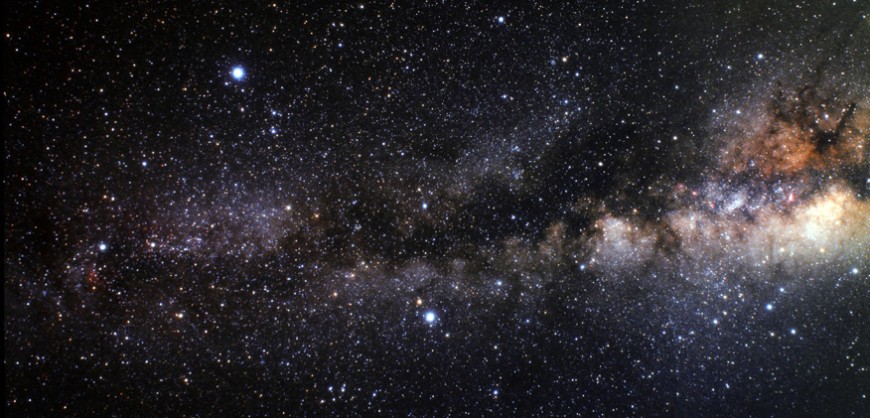British astronomers discovered nine unknown “dwarf galaxies”, satellites to our own. This discovery enriches our galactic neighborhood. This is the largest number of nearby galaxies that have ever been discovered en masse. This is also the first discovery of dwarf galaxies for a decade.
Cambridge University researchers which published their findings in “The Astrophysical Journal” mentioned that the findings will help in understanding dark matter, the mysterious energy which permeates the universe.
The new dwarf galaxies were discovered (in the night sky) of the southern Hemisphere, near the Major and Minor Magellan Cloud. These new dwarf galaxies are a billion times less bright than our own and have a million times less mass. The nearest one of the nine is 97,000 light years away, while the farther is 1.2 million light years away. Some of the nine dwarf galaxies may not indeed be galaxies but round constellations.
The dwarf galaxies are the smallest galactic-scale formations in the universe, the smallest of which only containing 5,000 stars. Our own galaxy contains hundreds of billions of stars. Even though it is estimated that there are hundreds of dwarf galaxies around our own, their faint glow and their small sizes makes them extremely hard to detect even if they are near us.
Dwarf galaxies contain 1% visible matter and 99% dark matter, and as such are considered prime research targets of the latter, which is estimated at being 25% of the total energy of the universe.





































